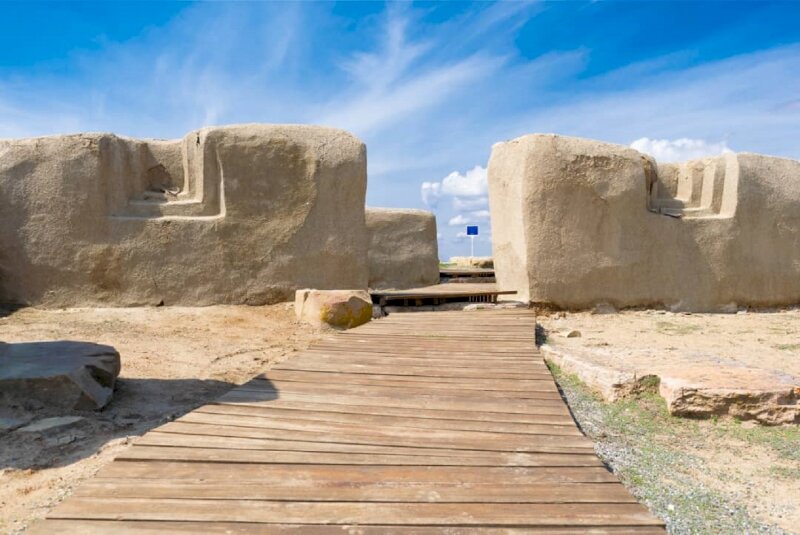

TEHRAN – A total of nine historical sites across the northwestern West Azarbaijan province were demarcated during the past Iranian calendar year 1399 (March 20, 2020-March 21, 2021), CHTN reported.
Authorities seek to prevent acts such as land grabbing and illegal constructions within the legal limits of the sites, which included archaeological hills and historical churches, the report said.
Some 1,100 historical relics were also discovered during the several excavations carried out across the province during the mentioned time, most of which can be visited in the Urmia Museum.
West Azarbaijan embraces a variety of lush natural sceneries, cultural heritage sites, and museums including the UNESCO sites of Takht-e Soleyman and Qareh Klise (St. Thaddeus Monastery), Teppe Hasanlu, and the ruined Bastam Citadel.
The region has been the seat of several ancient civilizations. It formed part of Urartu and later of Media. In the 4th century BC, it was conquered by Alexander the Great and was named Atropatene after one of Alexander’s generals, Atropates, who established a small kingdom there. The area returned to the Persian (Iranian) rule under the Sasanians in the 3rd century CE. The Arabs controlled Azerbaijan from the 7th century until Turkish nomads overran it in the 11th century. Thenceforth the inhabitants of the region were Turkish speakers. The region was overrun by the Mongols in the 13th century, and, under the ruler Hulegu, Azarbaijan became the center of a Mongol empire extending from Syria on the west to the Oxus River (now Amu Darya) on the east.
ABU/AFM
 RSS Feed
RSS Feed















 May 18th, 2021
May 18th, 2021  Awake Goy
Awake Goy  Posted in
Posted in  Tags:
Tags: 













